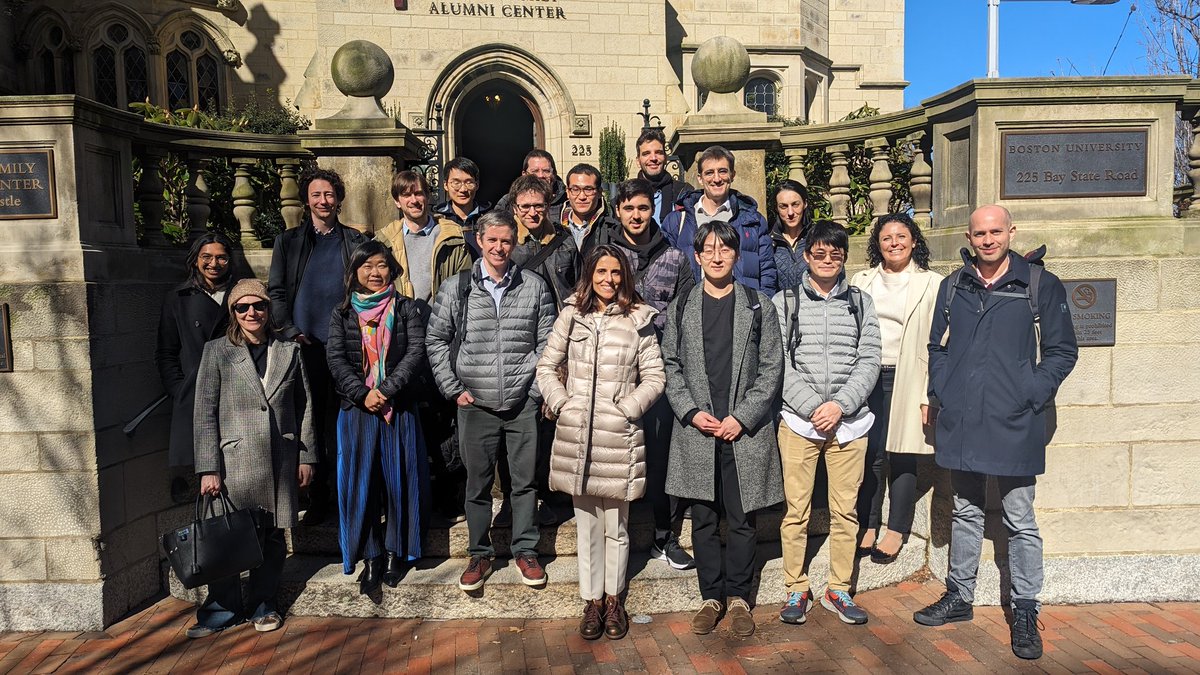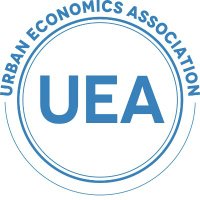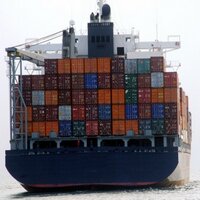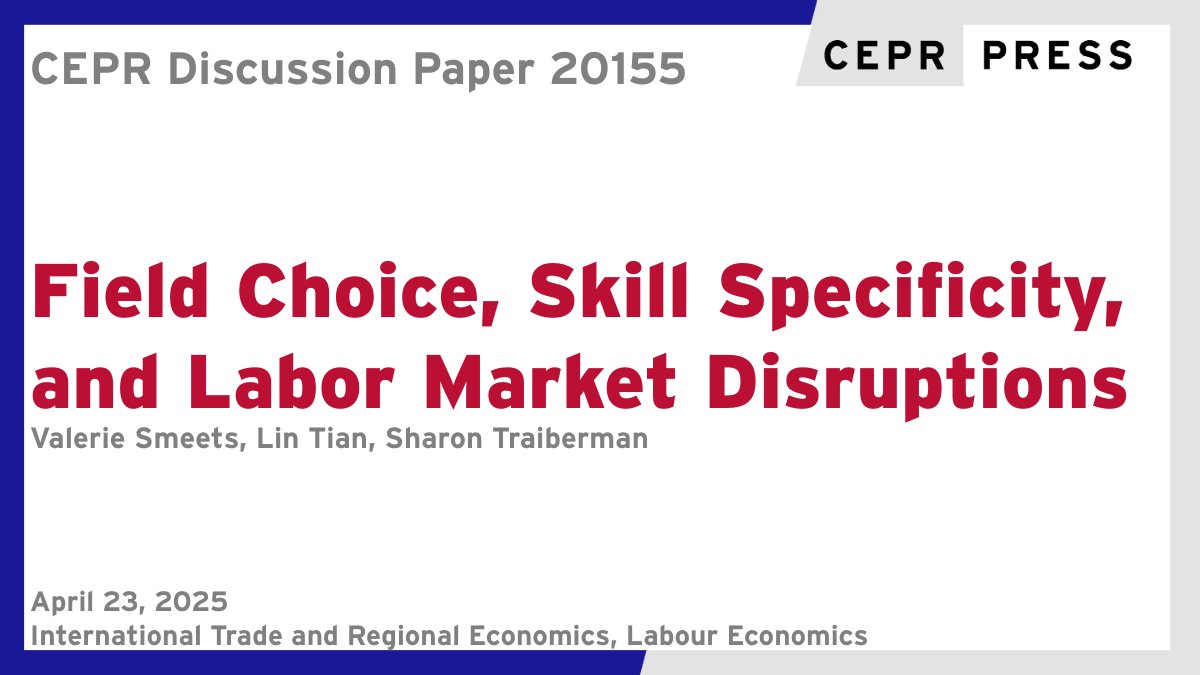
Lin Tian
@lintianecon
Assistant Professor of Economics at INSEAD
ID: 940044439329705984
11-12-2017 02:23:54
48 Tweet
214 Takipçi
134 Takip Edilen

We had another fabulous #TradeDay at BU! Great presentations by Matilde Bombardini David Hémous Fernando Parto and Lin Tian


Improved transportation networks can enable export expansion by promoting interaction between exporting firms, facilitating knowledge spillovers. Today on VoxDev, Lin Tian INSEAD & Yue Yu University of Toronto outline their research on high-speed rail in China: voxdev.org/topic/infrastr…

Improved transportation networks can enable export expansion by promoting interaction between exporting firms, facilitating knowledge spillovers. Last week on VoxDev, Lin Tian INSEAD & Yue Yu University of Toronto outlined their research on high-speed rail in China: voxdev.org/topic/infrastr…


Congratulations to Milan Quentel. "Gone with the Wind: Renewable Energy Infrastructure, Welfare, and Redistribution" won the UEA Prize for Best Student Paper at our #EMUEA2024 European meeting. Congrats to honorable mentions Jade Ponsard and Anaïs Fabre on their papers...


Wrapped up the third edition of INSEAD-SMU International Economics Workshop last week!🍾Huge thanks to our keynotes Pol Antras & Esteban Rossi-Hansberg, presenters, and participants for their valuable insights and contributions. Here’s to more collaboration and discovery! #inseadSMU2024








Universities should make clear that their formidable financial endowments are not there to simply be envied or admired. Part of their function is to be drawn down in the face of emergencies, and covering federal funding lapses surely counts as one. My column today in New York Times Opinion.



New CEPR Discussion Paper - DP20155 Field Choice, Skill Specificity, and Labor Market Disruptions Valerie Smeets Aarhus Universitet, Lin Tian INSEAD, Sharon Traiberman New York University ow.ly/WUlP50VGa1n #CEPR_ITRE #CEPR_LE #EconTwitter






